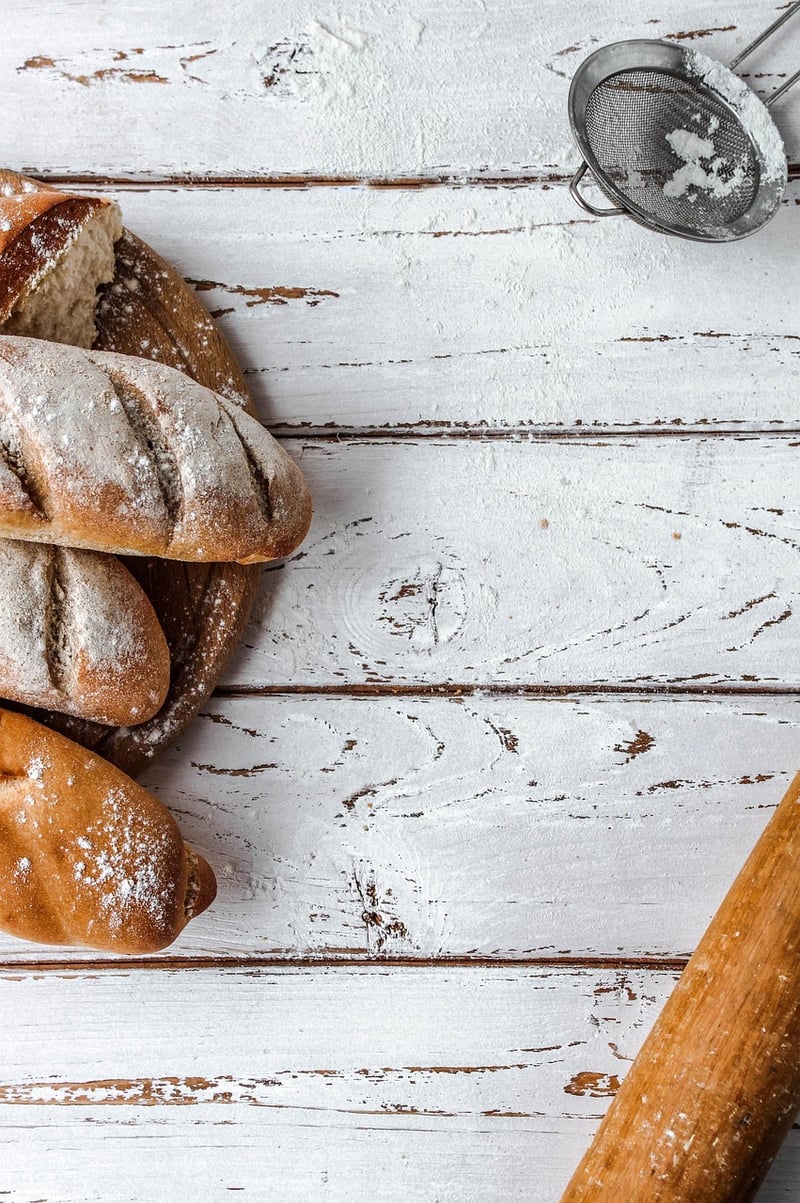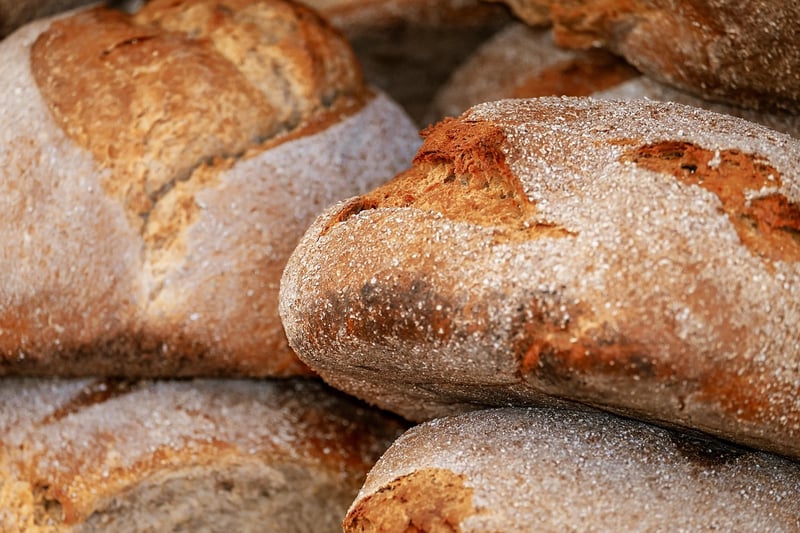Gelification Techniques
Creating Diverse Textures in Baked Goods + Gelification Techniques
Introduction
Baking is not only a science but also an art. To elevate your baked goods to the next level, mastering diverse textures can add a new dimension to your creations. In this article, we will explore various techniques to achieve different textures in baked goods, with a specific focus on gelification methods.
1. Fluffy and Light Texture
To achieve a fluffy and light texture in baked goods such as cakes and muffins, incorporating ingredients like whipped egg whites or whipped cream into the batter can create air pockets that result in a soft and airy crumb.
2. Chewy and Dense Texture
For a chewy and dense texture, ingredients like melted chocolate, nut butter, or mashed bananas can add moisture and richness to your baked goods, resulting in a more substantial and indulgent mouthfeel.
3. Crispy and Crunchy Texture
To achieve a crispy and crunchy texture in cookies or pie crusts, using ingredients like cold butter, sugar, and flour combined minimally can create a flaky and crispy finish when baked to perfection.
4. Gelification Techniques
Gelification is a process that involves transforming a liquid into a gel-like substance. This technique is commonly used in baking to create fillings, glazes, and toppings with unique textures. Some popular gelification agents include agar-agar, gelatin, and pectin.
Agar-Agar
Agar-agar is a plant-based gelatin substitute derived from seaweed. It is used to create firm gels that are heat-resistant and suitable for vegan baking recipes.
Gelatin
Gelatin is a protein obtained from animal collagen and is commonly used to create a variety of textures, from soft and creamy to firm and bouncy, depending on the concentration and application.
Pectin
Pectin is a naturally occurring substance found in fruits and is used as a gelling agent in jams, jellies, and fruit fillings. It is essential for creating set textures in baked goods.
Conclusion
Experimenting with different textures in baked goods can unlock a world of possibilities in the kitchen. By mastering gelification techniques and understanding how various ingredients contribute to texture, you can elevate your baking skills and create desserts that are not only visually appealing but also a delight to the palate.
Happy baking!


